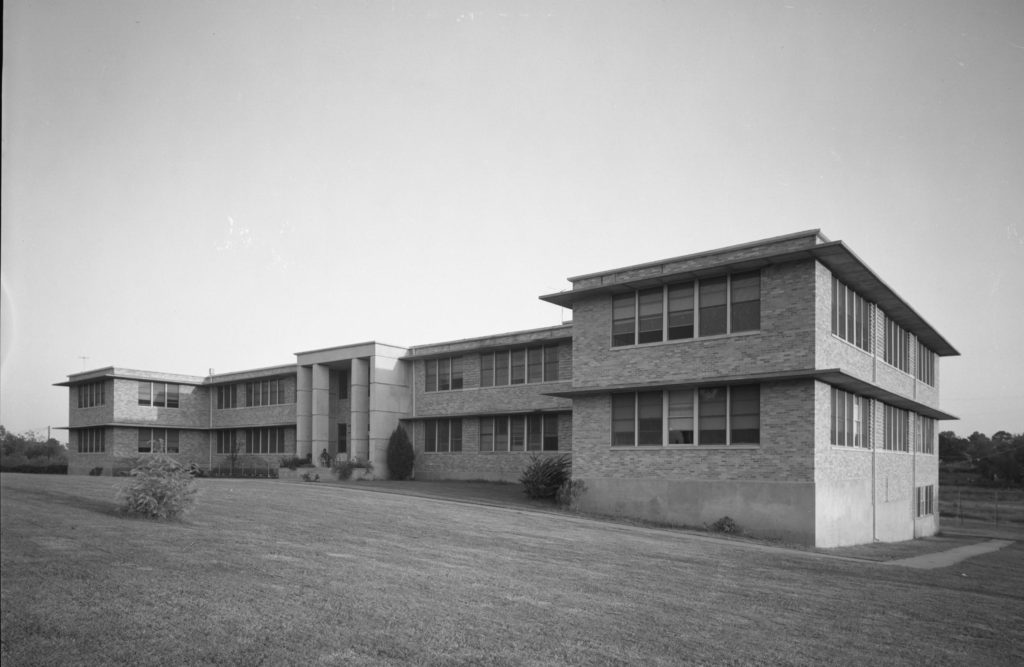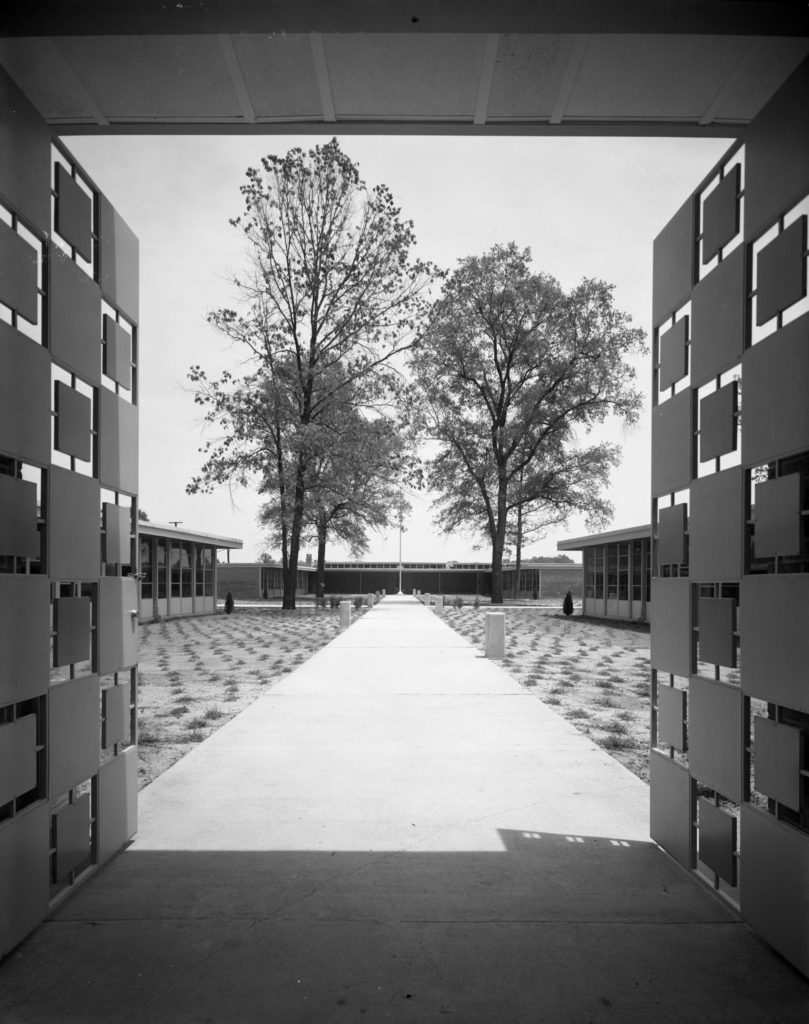By Acadia Roher
Resistance to school integration came in many forms, from outright mob violence to indirect tactics like housing discrimination that created segregated neighborhoods and thus segregated schools.
In the decade leading up to Brown v. Board, Black communities across the South became increasingly defiant of Jim Crow laws that made them second-class citizens. In Arkansas, Black residents fed up with unequal facilities brought lawsuits against school boards in DeWitt, Conway County, Fort Smith, and a district near Texarkana.
On September 25, 1949 the Arkansas Gazette reported that voters had approved millions dollars in millage increases and bond issues to fund Black schools, “brought on among other things by a flurry of Federal court actions demanding equal school facilities.” It seems white Arkansans would rather have surrendered funding for more equally appointed segregated schools than contemplate integration. Perhaps they hoped that the concession would appease those pushing for equality. But of course disparities persisted and the the long march toward freedom only gained momentum.

One of the facilities funded during this period was a new offsite school building at 22nd and Madison for Black students from the Arkansas School for the Deaf. Prior to 1949, Black deaf students lived and attended school in a separate building on the grounds of the main Arkansas School for the Deaf campus on West Markham Street. Black deaf students remained isolated at the Madison School until ASD was integrated in 1965.
The landmark Brown v. Board case in 1954 should have stopped the construction of segregated facilities, but school leaders in Little Rock forged ahead with plans for two new high schools on opposite sides of town. Trailing white flight to the rapidly expanding western suburbs, they built Hall High on the western edge of town and Horace Mann on the far southeastern edge in 1956. An all-white staff was assigned to Hall and an all-black staff to Horace Mann.

The rapid construction of neighborhood schools in the western suburbs became the biggest obstacle to integration, leading Little Rock and many cities across the country to institute strategies such as zoning and busing in the 1970s, in which students from different neighborhoods were assigned to schools across town to even out the demographics. White parents protested this integration strategy and birthed the private school movement.
Often called “segregation academies,” the number of all white private schools doubled in the decade between 1969 and 1979. A combination of white flight to nearby towns and private school growth led the percentage of white students enrolled in the Little Rock School District to plummet by 50% while Black enrollment in integrated schools increased from 36% to 61%. The divisions have only increased since then. In 2014, nearly 20% of all school aged children were enrolled in one of 41 private schools in Pulaski County. The Little Rock School District is primarily made up of students of color and private school students are predominantly white. Residential segregation has continued unabated, as the University of Virginia racial dot map of Little Rock shows:

Racial dot map of Little Rock, credit: University of Virginia’s Weldon Cooper Center for Public Service, Dustin Cable.
For more information:
Barth, Jay. “White flight.” Encyclopedia of Arkansas.
http://www.encyclopediaofarkansas.net/encyclopedia/entry-detail.aspx?search=1&entryID=4917
Johnson III, Ben F. “After 1957: Resisting Integration in Little Rock.” The Arkansas Historical Quarterly 66, No. 2 (Summer, 2007), 258-283.
Stephan, A. Stephen. “Changes in the Status of Negroes in Arkansas, 1948-50.” The Arkansas Historical Quarterly 9, No. 1 (Spring, 1950): 43-49.
Stewart, Jeffery. “The Private School Movement in Pulaski County, 1969-1979.” Pulaski County Historical Review 64, No. 4 (Winter 2016): 122-137.
Still I Rise: The Enduring Legacy of Black Deaf Arkansans Before & After Integration. DVD. Directed by B. Glenn Anderson. Little Rock, AR: Arkansas Association of the Deaf, 2006.